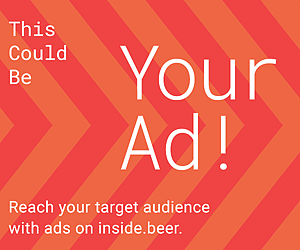Carlsberg has found a way to tackle decreasing sales in its second biggest market Russia. Over the past two years Carlsberg’s revenue from nonalcoholic beverages have reached more than 10 percent, Bloomberg cited Lars Lehmann, Carlsberg’s executive vice president for eastern Europe.
Baltika 0, Carlsberg’s nonalcolic beer made from its subsidiary Baltika and especially Baltika 0 Grapefruit alcohol-free beer is picking up sales, according to the manager. But foremost, Barley Bros a brewed soft drink sold in flavors including lemon with mint and apple with green tea is very successful.
Another important nonalcoholic offering of Carlsberg is Flash Up, which is according to Carlsberg the leading energy drink in Russia with 20% of that market in the first half of the year.
In April 2008, Carlsberg entered the Russian beer market by the acquisition of Russia’s leading brewery Baltika. With 9,200 employees, Baltika is today one of the largest consumer goods companies in Russia and the market leader in the beer sector with a market share of approximately 30%, according to its own statements. The company is the undisputed leader in the alcohol-free beer market, occupying more than 50% of it.
However, Carlsberg could not have picked a worse time for entering the fourth largest beer market in the world. Over more than the last decade, the Russian beer market has been in sharp decline. With raising beer taxes since 2009 and beer officially classified as an alcoholic drink in 2011, Russian officials have tried to tackle the abuse of alcohol which has been a major social problem for decades. In Soviet times, alcohol had been seen by officials as a comfortable way to calm down the growing unrest in the population.
Last months, Carlsberg published its results for the first half year of 2019 (inside.beer, 8.8.2019), showing again a volume slide of 3 percent in its important Russian market.
Twelve years ago, Russians consumed roughly 15 liters of alcohol per person a year, with vodka accounting for a little bit less than the half of it and beer about one third. Today, the consumption is close to 10 liters which is comparable to countries like France and Germany. Notably, the proportion of strong liquor, such as vodka, has decreased substantially, by 31 percent.

